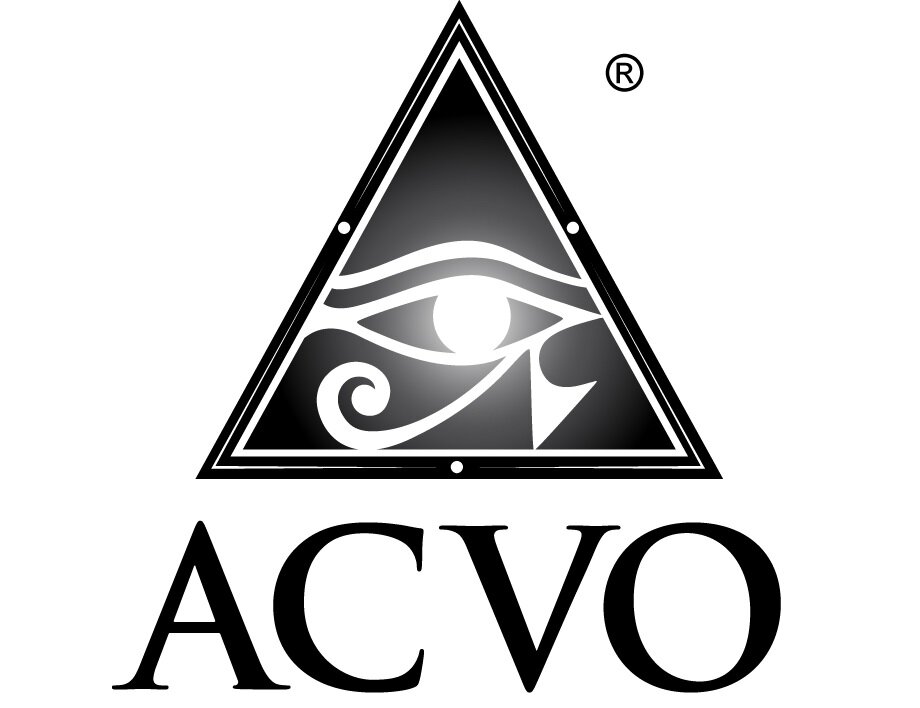MY PET HAS ENTROPION … BUT SURGERY ISN’T FOR US. NOW WHAT?
Elizabeth Lutz, DVM, MS, DACVO
Your pet has been diagnosed with entropion, which means that the affected eyelid margin is curling inwards upon itself. This allows the haired skin surrounding the eye to painfully contact and abrade the corneal surface. Contact between periocular hairs (hairs surrounding the eyelid margins) and the cornea often results in chronic ocular pain, periocular skin infection, ocular discharge, corneal ulceration, and sometimes, even vision loss.
Entropion in dogs, cats, and rabbits can be
· Primary (inherited, and sometimes congenital)
· Senile (age-related)
· Spastic (secondary to pain that is caused by something else)
· Secondary (present at the same time as macroblepharon – eyelids that are longer than needed for covering the surface of the eye)
Several surgical procedures exist for the correction of entropion in animals. Once eyelid length has been evaluated (and addressed, as needed), the most common type of surgical correction is the modified Hotz-Celsus procedure, which involves excising a small crescent of skin adjacent to each affected eyelid margin in order to properly evert the eyelid margin. Procedures such as ‘tacking’ using stitches or surgical staples are not temporary procedures used in puppies less than 12 weeks old who have NOT yet developed corneal ulceration or other significant disease. Tacking allows young puppies to hopefully ‘grow into’ their eyelids.
BUT… what if you prefer your pet not to have anesthesia because they are not a safe candidate to have general anesthesia? Or, what if you do want to treat them definitively with a modified Hotz-Celsus repair to cure their entropion, but you need time to plan financially?
A reasonable surgical alternative to entropion surgery is a hyaluronic acid filler injection along the affected eyelid margin. This is performed using topical numbing, and only occasionally requires brief sedation in some very nervous or fractious animals (patients cannot move at all when needles are close to their eyes!).
Filler injections plump or inflate the affected eyelid margin to pull eyelid skin away from the corneal surface, and allow the eyelid margin to rest flat against the cornea. Filler injections last anywhere between 6—18 months, and can be repeated as many times as necessary throughout a lifetime. Some filler injections can even outlast the natural lifespan of a patient. Unfortunately, filler injections can also dissolve, or be rubbed or pawed out of the eyelid margin within a few weeks, making proper post-operative recovery very important.
Like any medication or implant placed into a body, these filler products can very rarely be irritating to the body. In these cases, a second injection can be administered to dissolve the filler injection.
Filler injections are NOT considered permanent (definitive) treatments for entropion, and the surgical success rate following definitive entropion surgery performed by a board-certified veterinary ophthalmologist is near 100%. However, filler injections performed by a board-certified veterinary ophthalmologist with the proper technique can extend ocular surface health and comfort for a very long period of time, if not the remainder of life, for a fraction of the cost of surgery in most instances.
Pre Treatment
Treatment
Post Treatment



